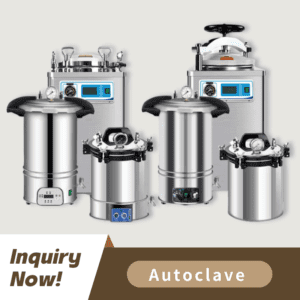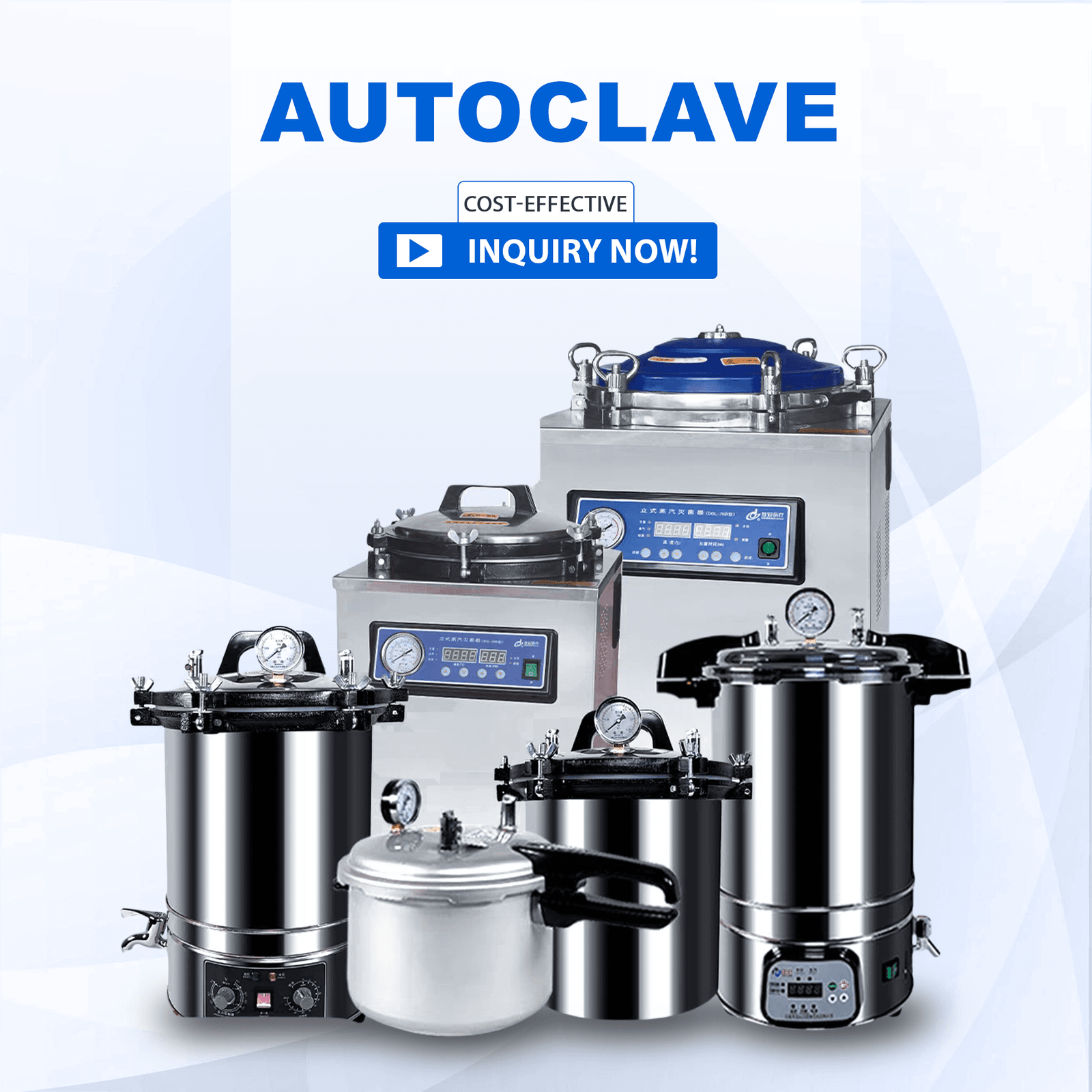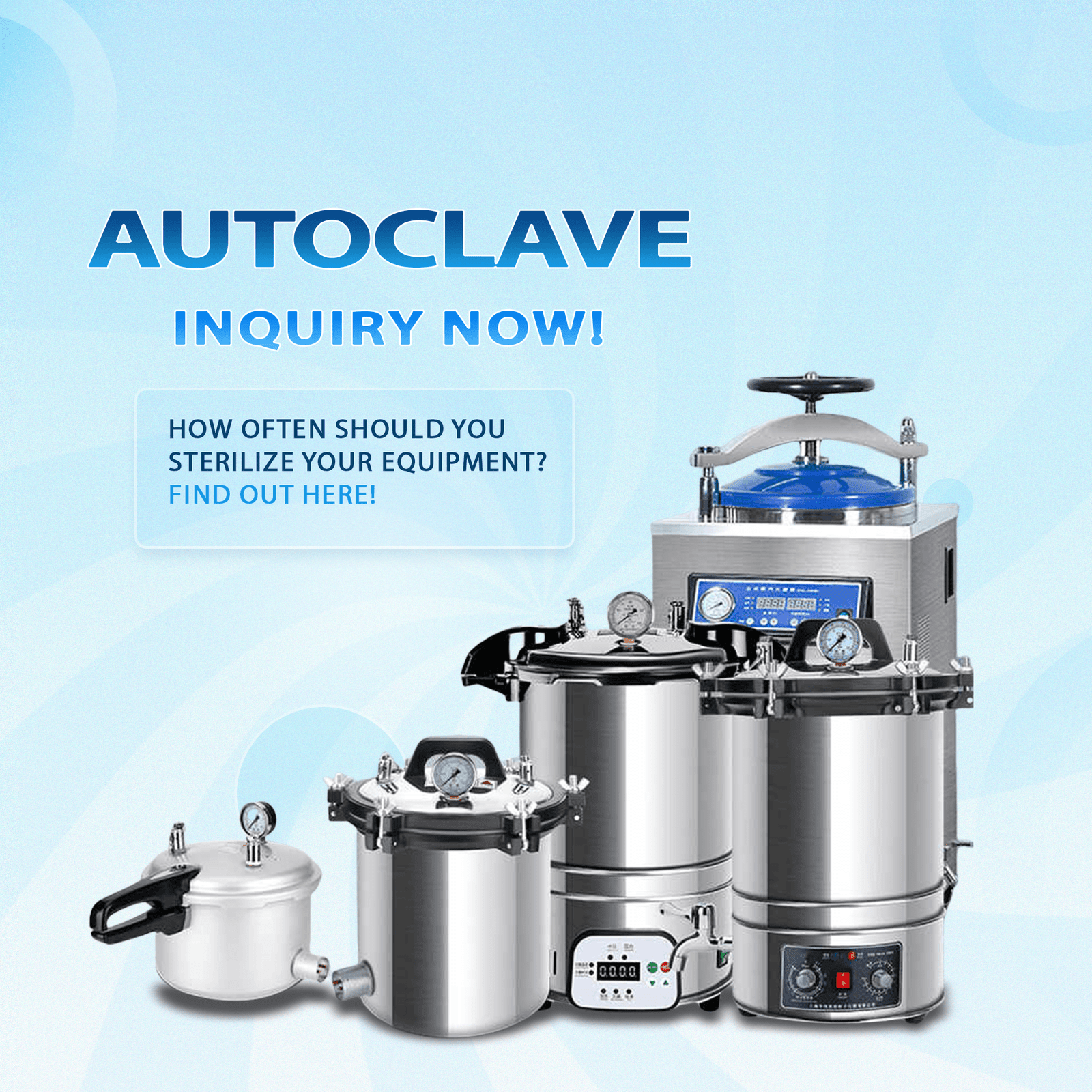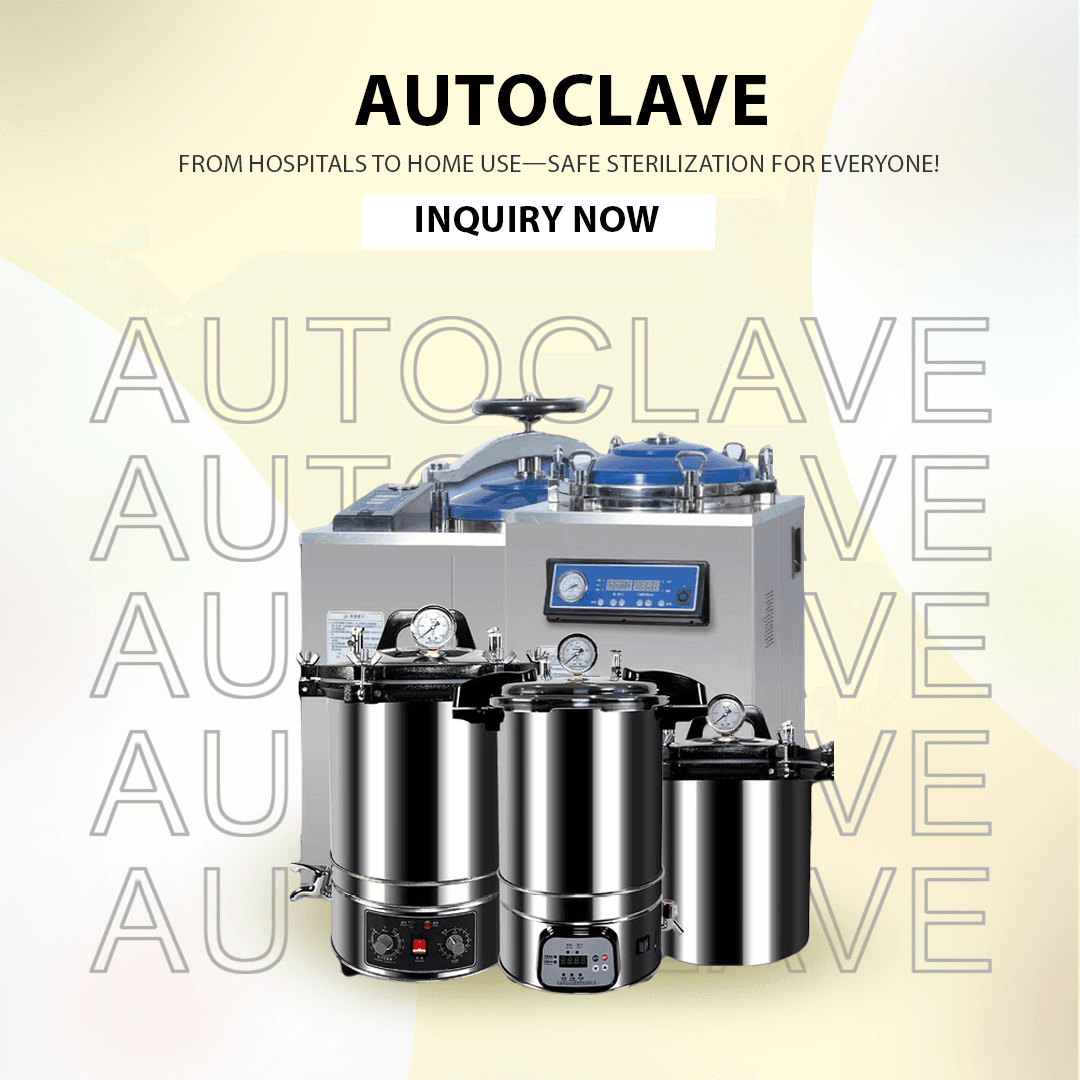
Sterilization remains essential across multiple industries because it guarantees that tools, equipment and materials stay free from dangerous microorganisms. The horizontal autoclave distinguishes itself from other sterilization devices through its special design and operational features. This article will examine the horizontal autoclave’s function and structure while explaining its applications and reasons for its widespread industrial preference.
The horizontal autoclave functions as a sterilization apparatus with a horizontal chamber specifically created to accommodate the processing of large or bulky items. Horizontal autoclaves possess a side-loading design which makes loading and unloading materials easier when compared to vertical autoclaves which contain a vertical chamber. The side-loading design of horizontal autoclaves provides distinct advantages for processing heavy or oversized equipment by minimizing operator strain and enhancing operational efficiency.
Horizontal autoclaves find extensive applications across healthcare, pharmaceutical production facilities, scientific research settings, and manufacturing operations. They provide essential services to sterilize instruments and media while controlling contamination which makes them essential in critical environments.
Horizontal autoclaves use moist heat sterilization by utilizing high-pressure steam to destroy microorganisms. The process typically involves the following steps:
Carregamento: All items needing sterilization go into the horizontal chamber for processing. The side-loading feature facilitates straightforward organization of large and heavy items.
Vedação: The chamber seals tightly to establish an airtight environment.
Esterilização: Steam enters the chamber while temperature and pressure are adjusted until they reach the necessary levels. The sterilization process utilizes both heat and pressure to eliminate bacteria, viruses, and other harmful pathogens.
Arrefecimento: The chamber must reach a safe temperature before items can be extracted following the sterilization process.
The horizontal design achieves uniform steam distribution which enables efficient sterilization throughout large or densely packed items.
Horizontal autoclaves demonstrate versatility through their use in multiple industrial sectors.
Horizontal autoclaves serve to sterilize surgical instruments and medical devices in hospitals and clinics. The sterilization process makes sure tools remain safe for use while minimizing infection risks and cross-contamination possibilities.
The pharmaceutical industry uses horizontal autoclaves to ensure media, containers, and equipment used in drug production are properly sterilized. The use of horizontal autoclaves is vital to preserve both the quality standards and safety measures of pharmaceutical products.
Research labs use horizontal autoclaves to sterilize glassware alongside various tools and media for safe experimentation. Precise and trustworthy research findings depend on this critical step.
Manufacturing operations utilize horizontal autoclaves to sterilize extensive components and materials. The food processing industry requires stringent contamination control measures.
Horizontal autoclaves present multiple benefits that make them superior to other sterilization techniques.
Facilidade de utilização: The side-loading design streamlines the loading and unloading operations which leads to decreased operator fatigue.
Large Capacity: Large or heavy objects that cannot be accommodated by vertical autoclaves can be sterilized effectively with horizontal autoclaves.
Efficient Sterilization: The horizontal design achieves uniform steam distribution which produces dependable sterilization results.
Versatility: With their broad industrial applications horizontal autoclaves serve as a flexible option for achieving sterilization.
Healthcare facilities along with pharmaceutical labs and industrial sectors rely on horizontal autoclaves for effective sterilization procedures. Their special design combined with substantial capacity and user-friendly operation positions them as the top choice for processing large heavy items. A thorough understanding of horizontal autoclave operation and uses enables you to make knowledgeable choices about your sterilization requirements.
Do you need a dependable sterilization solution for your operations? Browse our selection of horizontal autoclaves to discover a model that suits your requirements. Reach out to us right now for further information or to receive a quote!
Horizontal autoclaves have a side-loading design, making them ideal for large or bulky items, while vertical autoclaves have a top-loading design and are more compact.
Healthcare facilities as well as pharmaceutical companies research labs and industrial manufacturers utilize horizontal autoclaves.
Optimal performance requires daily cleaning alongside weekly inspections and annual servicing as part of regular maintenance.
Horizontal autoclaves have the capability to sterilize liquids provided that suitable containers and settings are selected to avoid spills or explosions.
The appropriate size is determined by both the amount and kind of items you need to sterilize. Contact a supplier to discover the ideal solution for your requirements.

A esterilização é um elemento essencial das práticas de controlo de infecções, tanto em instalações de cuidados de saúde como em ambientes laboratoriais. A esterilização em autoclave através de vapor é eficaz para muitas aplicações, mas revela-se insuficiente em

Os profissionais médicos de todo o mundo confiam nos autoclaves como ferramentas essenciais para garantir a segurança e a esterilidade dos instrumentos médicos. Os distribuidores de dispositivos médicos e os especialistas em aquisições precisam de compreender os princípios e as vantagens do autoclave

Os avanços nos cuidados de saúde tornam essencial manter os instrumentos médicos sempre seguros e esterilizados. Os distribuidores, revendedores e profissionais de compras de dispositivos médicos têm de compreender os métodos de esterilização para funcionarem eficazmente. O

A esterilização de dispositivos médicos e instrumentos requer autoclaves porque protegem a segurança dos doentes e facilitam a conformidade com as normas regulamentares. Os sistemas de autoclave mais sofisticados ainda apresentam algumas limitações. Distribuidores de dispositivos médicos,

No fabrico de dispositivos médicos, os autoclaves funcionam como equipamento essencial, uma vez que proporcionam uma esterilização consistente em vários instrumentos e materiais. As autoclaves utilizam vapor saturado de alta pressão para erradicar bactérias, vírus, fungos e

Os autoclaves funcionam como dispositivos cruciais em ambientes científicos e de cuidados de saúde, esterilizando consistentemente instrumentos e materiais. Os distribuidores de equipamento médico, juntamente com os comerciantes e os profissionais de compras, precisam de manter os autoclaves a funcionar